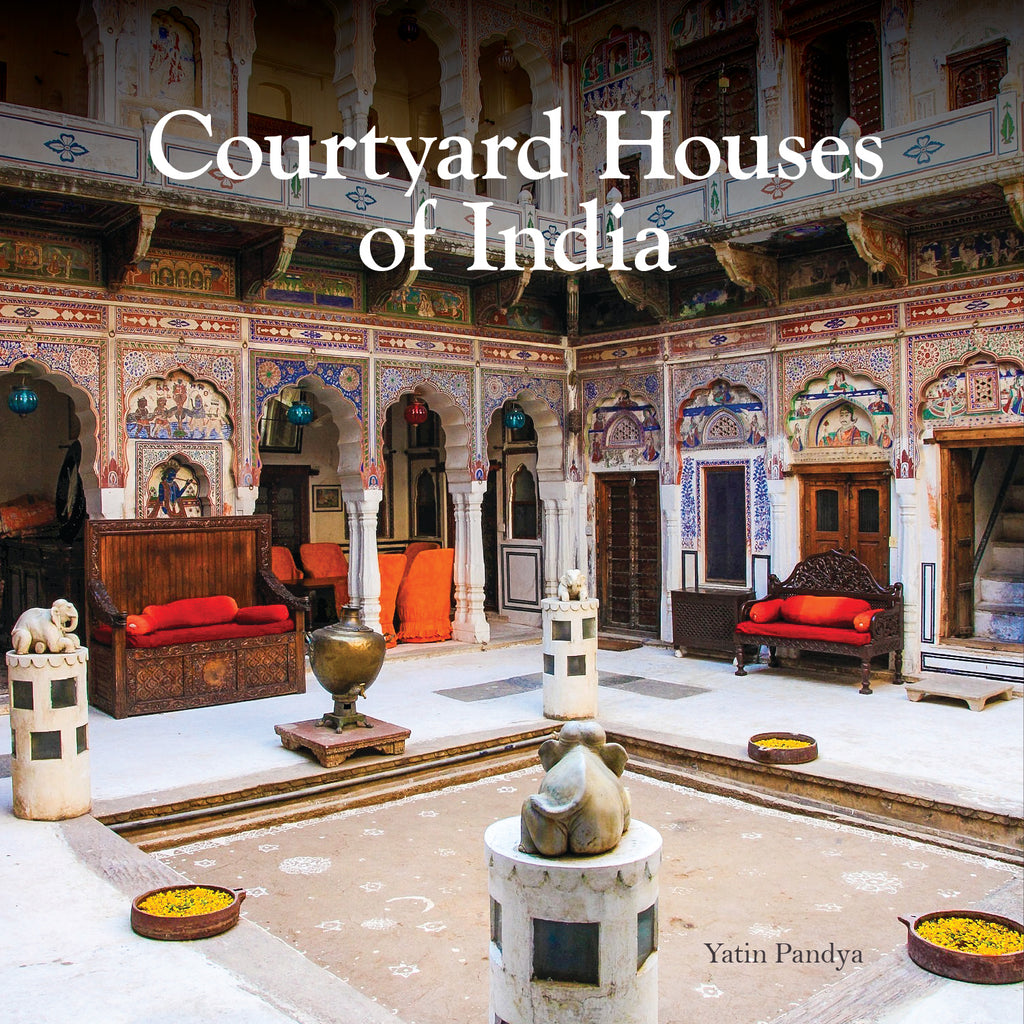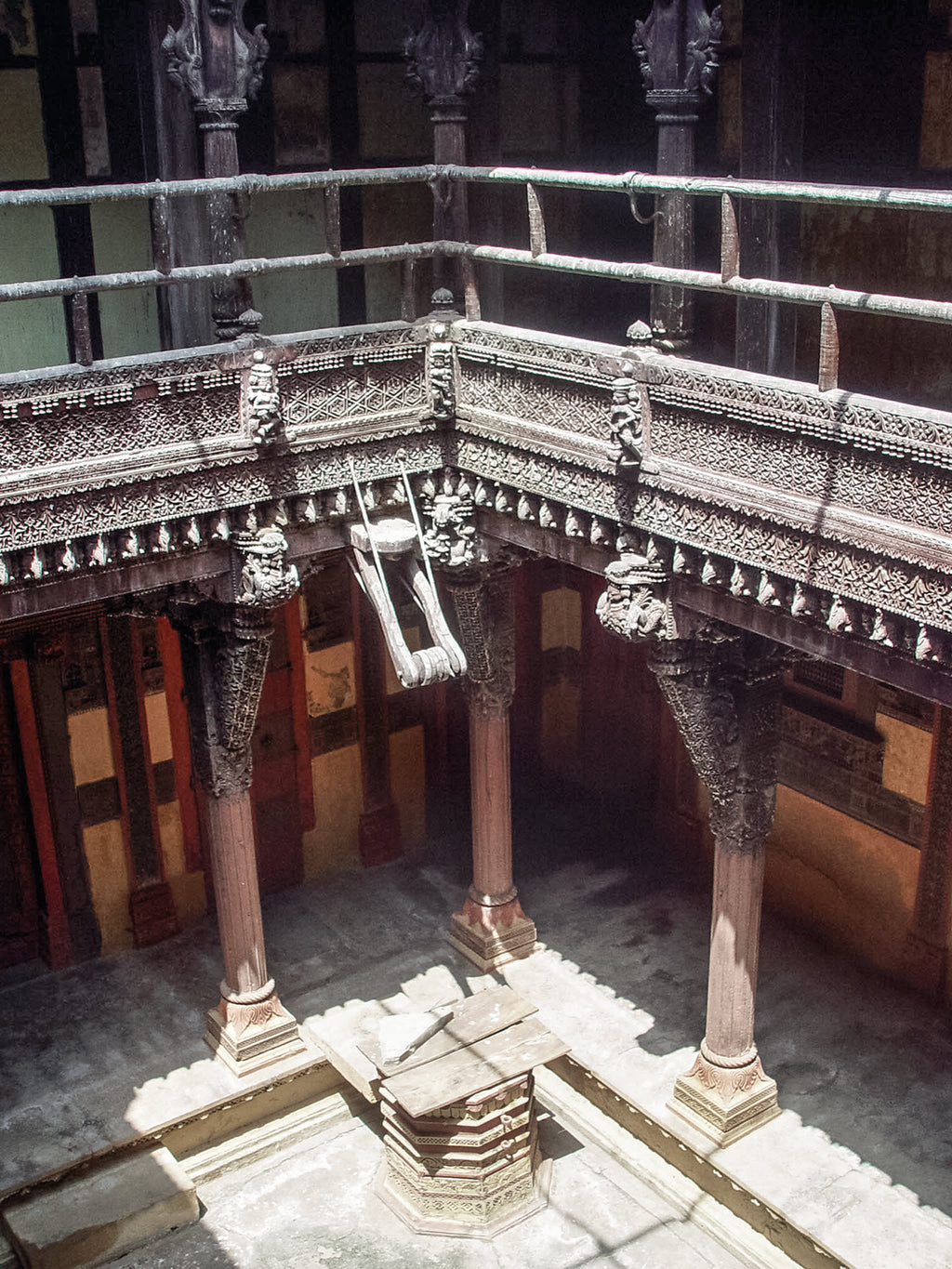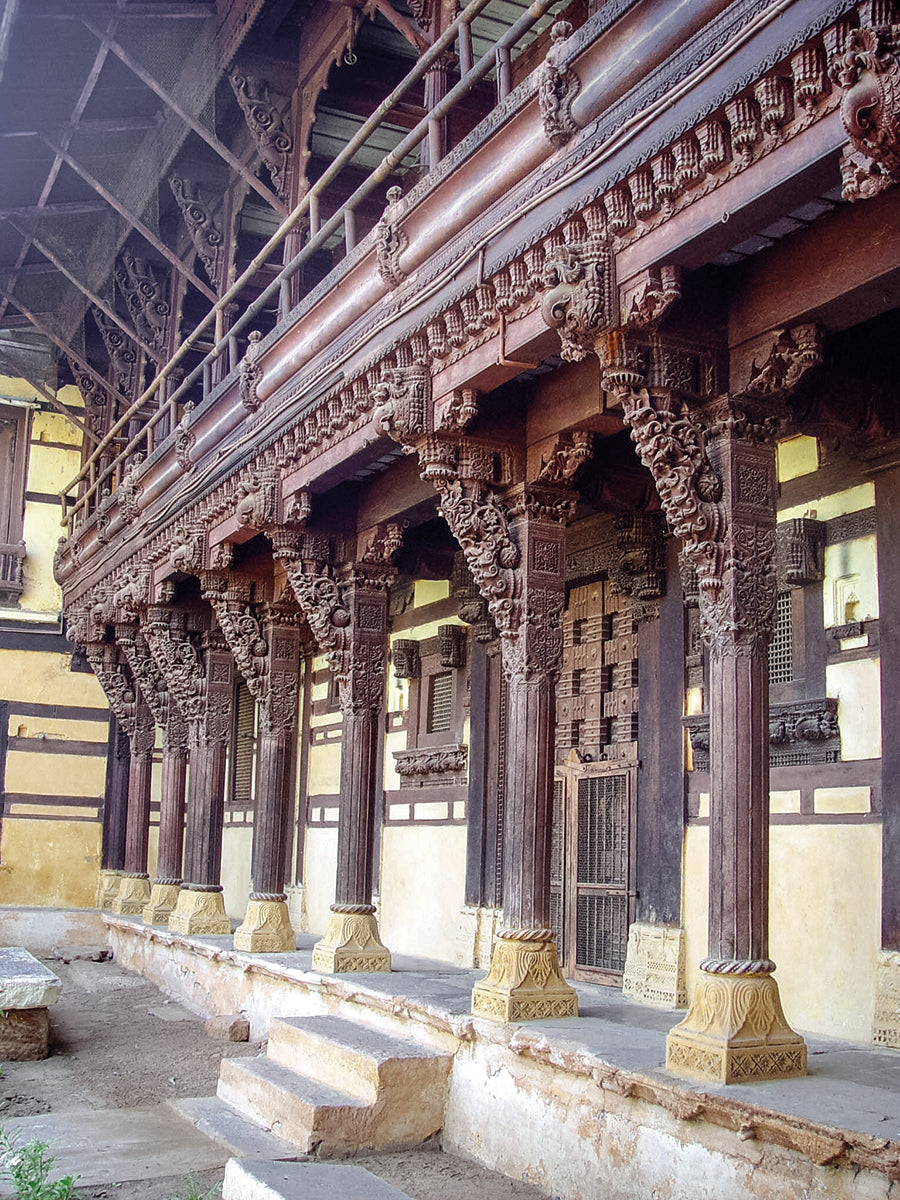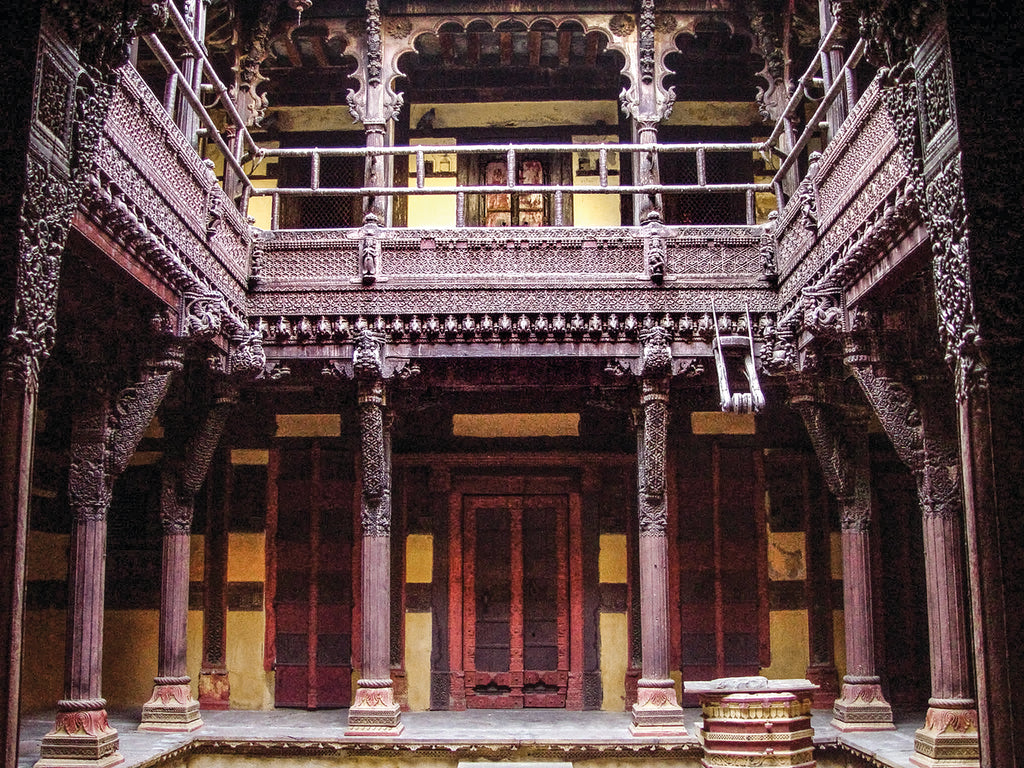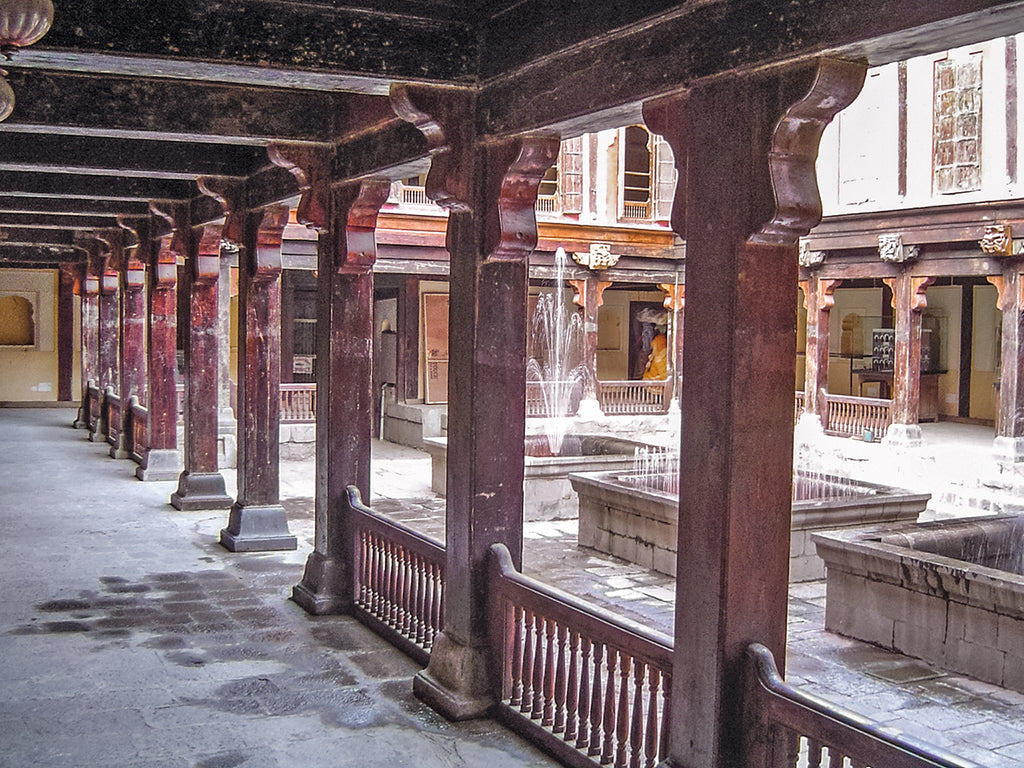Courtyard Houses of India
This one-of-a-kind volume documents the various types of courtyards in vernacular architecture across India, with informative commentary and more than 500 illustrations, photographs and maps. “The concepts link[ed] to Indian courtyards...have been very interestingly compiled in this book with examples...“a survey of very scholarly expedition, carefully documenting the unearth[ed] treasures in series of drawings that together constitute a piece of art by themselves.“...the book is certainly a valuable contribution in understanding courtyard houses of India...”—Manguesh R Prabhugaonker, in Journal of the Indian Institute of Architects Courtyard Houses of India review below:JOURNAL OF THE INDIAN INSTITUTE OF ARCHITECTS
- Category: All Books, Architecture, MAPIN20, Out of print
This volume documents traditional and vernacular courtyard dwelling types across India within diverse climatic, cultural as well as geographic zones such as western (Gujarat, Rajasthan, Maharashtra), southern (Tamil Nadu, Kerala, Karnataka, Goa), eastern (Bihar, West Bengal), central (Madhya Pradesh) and northern (Uttar Pradesh, Delhi, Ladakh). It then discerns the spatial elements constituting the court, and the arts, the crafts as well as the elements integral to the court.
Illustrated with splendid photographs and representative drawings, the book attempts to understand the presence and resolution, continued use and adaptation as well as the diverse interpretations and abstractions of the courtyard.
Yatin Pandya is an author, activist, academician, researcher as well as a practising architect with his firm FOOTPRINTS E.A.R.T.H. (Environment Architecture Research Technology Housing). He is a graduate of CEPT University, Ahmedabad, and holds a Master of Architecture degree from McGill University, Montreal. Pandya has been involved with city planning, urban design, mass housing, architecture, interior design and product design as well as conservation projects. He has authored numerous papers, which have appeared in national and international journals, and has produced several documentary films on architecture. During his tenure at the Vastu-Shilpa Foundation, Pandya worked on the publications Concepts of Space in Traditional Indian Architecture and Elements of Spacemaking, published by Mapin and now in their fourth reprint, which have won the Indian Institute of Architects’ (IIA) Award for Architectural Excellence in Research in the years 2012 and 2014, respectively. The research leading to this book was also carried out during his time at Vastu-Shilpa Foundation. He is a visiting faculty at the National Institute of Design and CEPT University, and a guest lecturer at various universities in India and abroad. The recipient of numerous national and international awards for research, design and dissemination, Pandya counts environmental sustainability, socio-cultural appropriateness, timeless aesthetics and economic affordability to be key principles of his work.
• PREFACE
• INDIAN COURTYARDS - THE PHENOMENON
• TRADITIONAL COURTYARD HOUSES OF INDIA
• WESTERN INDIA
• EASTERN INDIA
• CENTRAL INDIA
• SOUTHERN INDIA
• NORTHERN INDIA
• OVERVIEW
• INTERPRETING THE COURTYARD IN CONTEMPORARY
• DOMESTIC ARCHITECTURE
• AFTERWORD
• GLOSSARY
• BIBLIOGRAPHY
• ACKNOWLEDGEMENTS
• IMAGE CREDITS
| ISBN | 9789385360091 |
| Pages | 468 |
| Number of photographs | 352 and 18 maps |
| Number of illustrations | 333 drawings |
| Size | 10 x 10" (254 x 254 mm), hc |
| Date of Publishing | Spring 2022 |
| Language(s) | English |
| Co-publisher(s) | Mapin |
| Rights Available | World rights |
“a survey of very scholarly expedition, carefully documenting the unearth[ed] treasures in series of drawings that together constitute a piece of art by themselves.
“...the book is certainly a valuable contribution in understanding courtyard houses of India...”
—Manguesh R Prabhugaonker, in Journal of the Indian Institute of Architects





